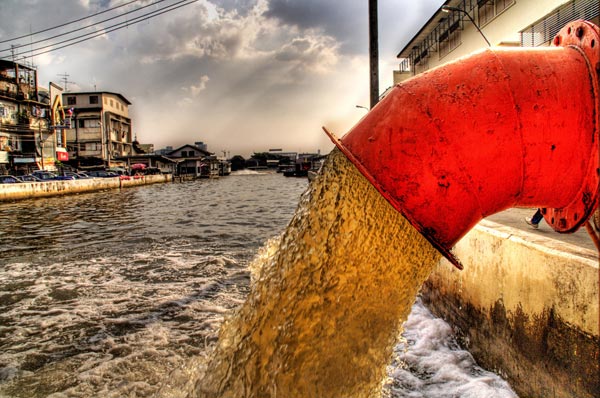While the prospect of entering a sewage system, even via a metaphorical journey, may not sound the most luxurious, there are a number of processes that come together to make such a vital process work. Perhaps you never realised just how much happens after it passes away from your home, until now.

How sewage builds up
Sewage builds up in numerous ways, the waste from your home comes from showers, toilets, sinks and suchlike, and sewers also contain the industrial waste in liquid form. The runoff from stormwater requires sewerage systems that can deal with it and these are known as combined sewer systems. As you can imagine these systems are of considerably greater size and also cost a lot more than what are known as sanitary sewers.
Where it all goes and how
In sewage treatment there are numerous materials which need to be removed, although to which degree depends of course on the location from which it comes. Certain solid materials will need to be eliminated and there is also a preliminary treatment process in which the likes of plastics are taken away in the first instance by mechanical screens. Grit, stones and sand are removed next before flow equalisation and in some plants a removal of fat and grease too. A primary sedimentation stage in which primary sludge is eradicated is next as oils at the surface are also taken away. This stage can also include the oil and grease being saved for the production of soap. In the biological treatment the sewage has a large amount of its outstanding pollutants removed by micro-organisms while the ones that remain after that are oxidised.
Particularly at smaller plants this stage contains the practice of the sewage coming through graded mineral media but at bigger places there will be a mixing of the sewage for a number of hours in the activated sludge procedure. The majority of the organic pollution is cleared and the weight of nutrients on the receiving waters can also be significantly lessened. In the last settlement biological solids are disposed of as sludge, which needs to be treated and disposed of itself, and could be put together with the primary sludge. Some cases where a supreme standard of effluent (water or gas outflowing from a natural or man-made structure of water) is used a tertiary stage is brought in. In this third stage the majority of organic matter still present is removed.
Bill Hayes talks to us about sewage treatment, on behalf of BioPro ireland Ltd
Journey Inside A Sewage System

